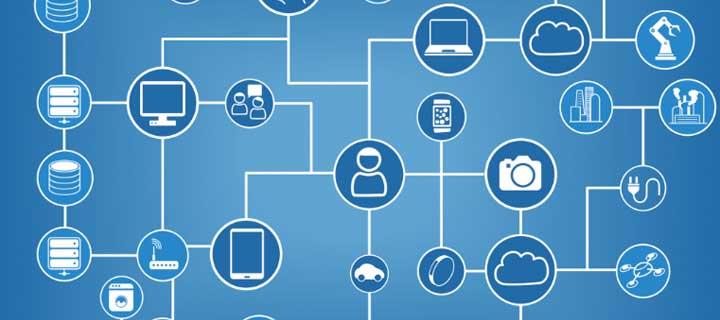Mobile connectivity and technology have continuously evolved since the first mobile phone call in 1973. What started out as a simple phone call from a Motorola researcher has now transformed into Short Message Services, Data Calls, Mobile Internet Browsing, and many other technologies that keep us connected. And in this age of the Internet of Things (IoT) our connections are not just limited to other people who have phones, we have access to our car radios, home security systems, and other devices, all within the palms of our hands.
“IoT has been embedded into almost everything we do,” said Pankaj Sharma, Schneider Electric IT Business Vice President for Asia Pacific & Japan. “[IoT is in] urban transport, medical devices, automobiles, or household appliances.”
According to Sharma, the rapid growth of IoT, especially in the Asian region, was accelerated by the availability and affordability of IoT devices such as sensors, RFID tags, and other back-end/support hardware, as well as easy access to front-end interface devices like mobile phones and smartwatches. Research from eMarketer.com projects that there will be 1.2 billion mobile phone users by 2017, 33.3 million of which will be from the Philippines[1].
Sharma warned, though, that the rise in demand for IoT will come with some challenges. This is most especially true in the Philippines where Internet speeds are below world standards. According to reports from Gartner, a tech research and advisory firm, over 39 million terabytes of data is being used globally today, and it will more than double to 89 million terabytes by 2019. The global average network bandwidth (currently at 5.1 Mbps[2]) has to grow at least 35% annually just to be able to keep up. This rate of growth is already quite daunting for the global scene. What more for the Philippines which currently has less than half of the global average bandwidth?
The more pressing challenge is for the Data Center Managers (DCMs), who are now pressured to maintain the reliability of the data centers despite such limitations. However, with recent advances in edge computing, “plug and play” data centers, or micro data centers are becoming a more viable option to reduce reliance on a centralized server. With micro data centers, all the big data will be processed right at the source, which also reduces IT installation and operating costs. While doing this in-house is entirely possible, a more cost effective solution would be to partner with experts with the necessary expertise and modular systems.
Schneider Electric’s StruxureWare for Data Centers, a Data Center Infrastructure Management suite, can help implement businesses with their data center strategies and IoT integration plans. StruxureWare monitors the most critical elements of the data center – cooling, power usage, server access, and many others. These features can also be accessed remotely in real-time through a highly secure and ergonomic interface.
With accurate monitoring and adjustment of data center processes, DCMs and IT decision-makers will have an easier time in implementing or modifying the company’s IT strategy. And with highly agile and responsive tactics that adapt to whatever the data centers reveal, intergrating with IoT, even in an operating environment like the Philippines, will be a lot easier.
For more information on StruxureWare for Data Centers and other Schneider Electric products, please visit http://www.schneider-electric.com.
Liked this post? Follow SwirlingOverCoffee on Facebook.
About Schneider Electric
Schneider Electric is the global specialist in energy management and automation. With revenues of €25 billion in FY2014, our 170,000 employees serve customers in over 100 countries, helping them to manage their energy and process in ways that are safe, reliable, efficient and sustainable. From the simplest of switches to complex operational systems, our technology, software and services improve the way our customers manage and automate their operations. Our connected technologies reshape industries, transform cities and enrich lives. At Schneider Electric, we call this Life Is On.
[1] http://www.emarketer.com/Article/Asia-Pacific-Boasts-More-Than-1-Billion-Smartphone-Users/1012984#sthash.QvcVuZcK.dpuf
[2] http://www.statista.com/statistics/204952/average-internet-connection-speed-by-country/


